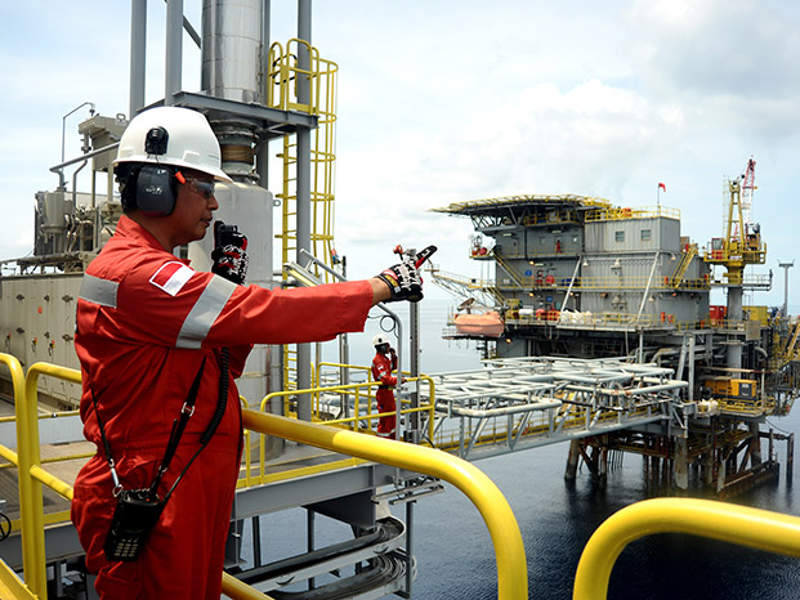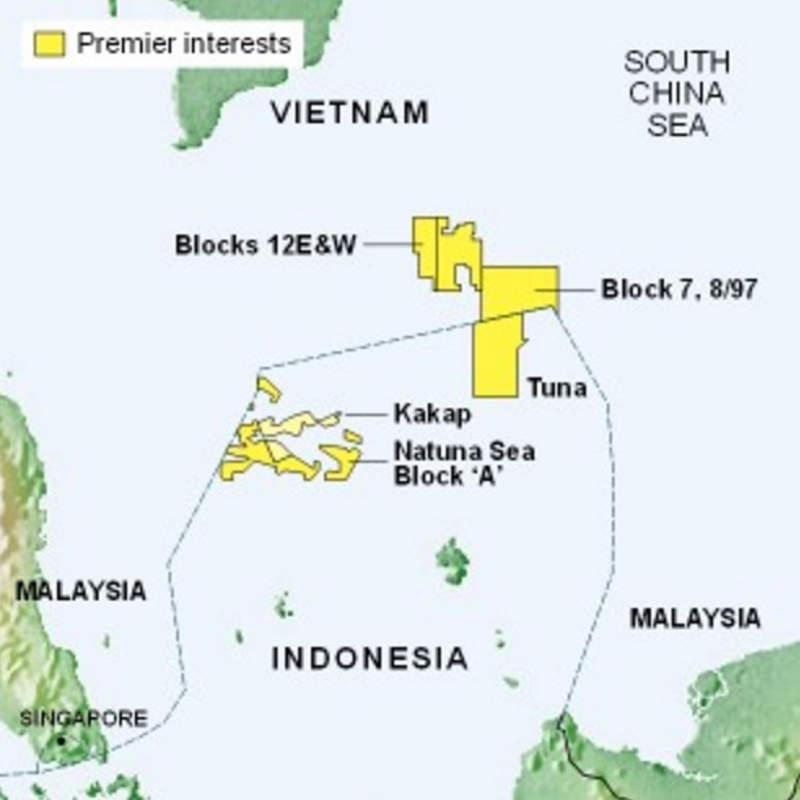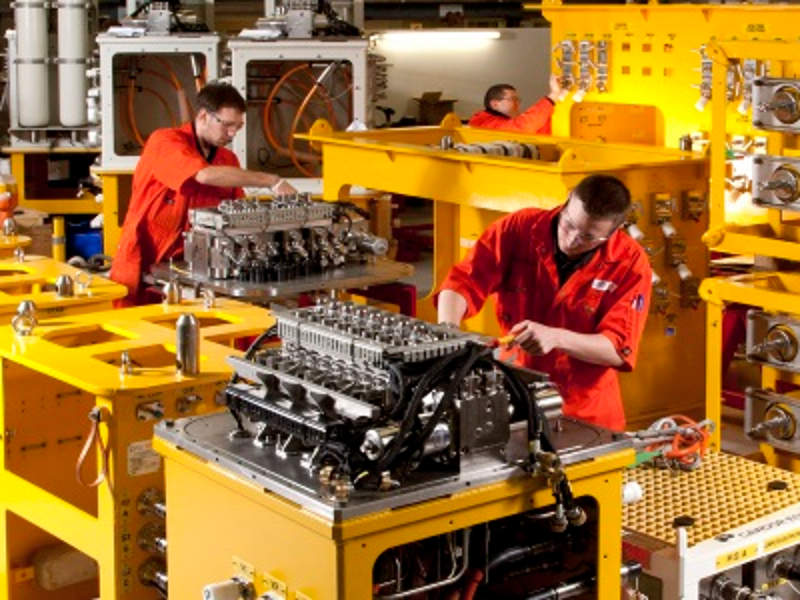
The Bison, Iguana and Gajah Puteri (BIGP) project includes the development of three gas fields known as Bison, Iguana and Gajah Puteri, which are located in Block A of the Natuna Sea, off the shore of Indonesia.
Premier Oil is the current operator of the field and holds 28.67% interest in Block A, while the other partners in the block include Petronas, PTT Exploration and Production, Pertamina and Kuwait Foreign Petroleum Exploration Company (Kufpec).
The company sanctioned the project in 2017, with first gas projected to be achieved in the third quarter of 2019.
The BIGP development will support Premier’s gas contracts in Singapore and Indonesia, increasing the gross deliverable gas reserves to approximately 100 billion cubic feet (bcf).
Natuna Sea Block A details
Premier has been operating in Block A of the Natuna Sea since 1996. The block includes a number of gas discoveries, which the company uses to supply gas to Singapore and Indonesia.
Gajah Baru and Kakap are the main producing fields in the block, however further exploration has led to additional discoveries, including Lama, Macan Tutul, Lembu Peteng, and Lukah.
These discoveries are planned to be commercialised, along with the BIGP fields, to supply gas to Singapore and Indonesia as part of Premier’s existing and future gas contracts.
Bison, Iguana and Gajah Puteri fields discovery and appraisal
The Gajah Puteri field was discovered by the Gajah Puteri-1 well in 1997.
Further exploration in the block led to the discovery of the Iguana field by the Iguana-1 well, which was drilled by the Trident 17 jack-up rig in April 2000. The well was drilled using slim hole technology, which reduced the overall drilling time and costs.
The Iguana-1 well struck gas in four separate reservoirs of the Arang formation, flowing at the rate of 25mmscf/d during testing.
Gas samples recovered from the field were similar to those of other discoveries made in the surrounding block.
Reserves of the Indonesian gas fields
Bison is estimated to contain 57bcf of gas, while Iguana is estimated to hold 29bcf and Gajah Puteri holds 150bcf, as per the 2009 Certified Gas Reserves reported by Premier.
BIGP development project details
Premier completed the front-end engineering and design (FEED) for the BIGP project in 2016. The fields are planned to be developed via a three-well subsea control system, tied back and remotely controlled from existing production facilities.
The Bison and Iguana fields are planned to be tied back to the Pelikan wellhead platform in water depths of 90m, while Gajah Puteri will be tied back to the Naga wellhead platform. Gajah Puteri’s tie-back will be the longest, featuring an overall length of 21km.
Each well of the subsea system will feature a wet gas meter.
The subsea system will have the potential to accommodate infill drilling for future expansion.
The produced gas is expected to be exported through the West Natuna Transport System to the Jurong petrochemical complex in Singapore.
Contractors involved
Proserv was contracted to deliver a subsea control system and related equipment for the BIGP project in March 2017.
The company will also supply its Artemis 2G subsea electronics module, as well as wet gas meters. Deliveries are scheduled to commence in May 2018.
S2V Consulting carried out the FEED for the subsea controls and umbilicals required for the development.






